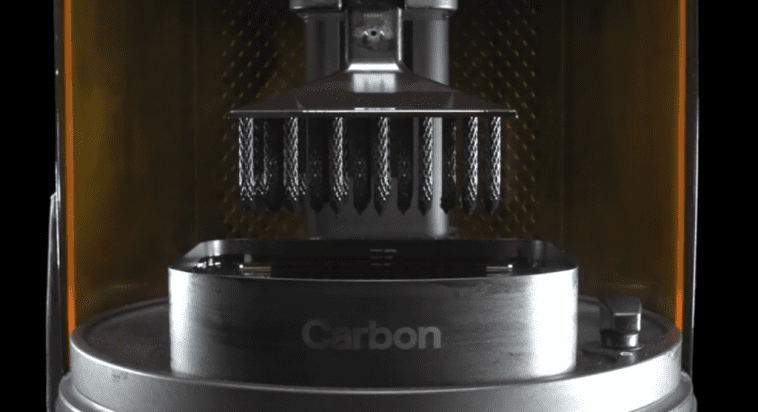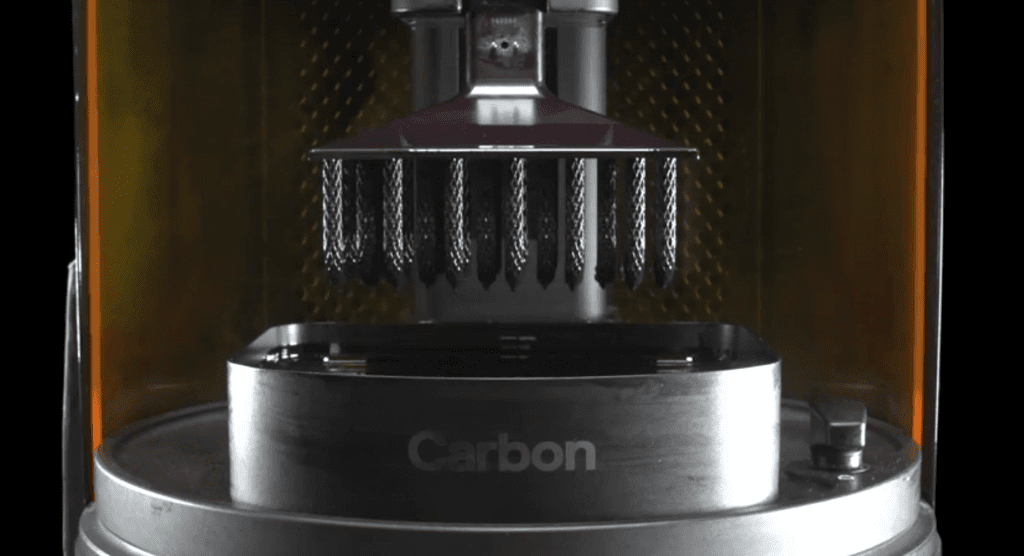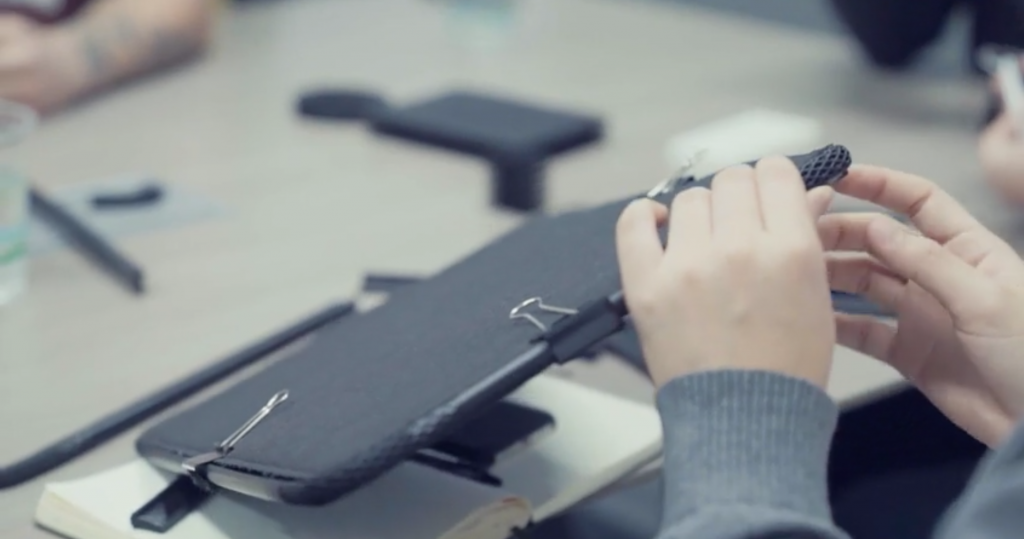The design-driven device protection solutions producer Incase is partnering with Carbon, using the 3D printing company’s Digital Light Synthesis to manufacture protective device solutions with complex lattice structures that are both lightweight and impact-resistant.
This week in Las Vegas, the most innovative consumer products from across the tech spectrum will be on display at CES 2018. As anyone with a pricey smartphone or laptop knows, protective solutions are essential to keeping your technology out of harm’s way.
And who knows…that next case you wrap around your phone or computer might just be 3D printed.
In conjunction with the upcoming consumer tech trade show, the device protection solutions producer Incase is announcing a partnership with Carbon. The design-driven company plans to use Carbon’s Digital Light Synthesis (DLS) to revolutionize how mobile device protection is designed, engineered, and manufactured.
Related Reading: Carbon Talks Adidas Collaboration and Bringing 3D Printing to the Serial Production Stage
The multi-year partnership will enable Incase to deliver the industry’s first protective mobile solutions produced with 3D printing technology. Using Carbon’s full-fledged manufacturing ecosystem, these new products will be designed with complex structures and made from mechanically-advanced elastomers.
Carbon’s 3D Printing Technology Enables Incase to Transform Device Protection Solutions
Incase will use 20 of Carbon’s M2 printer in order to create protective devices that feature complex latticing structures. Using durable and lightweight elastomeric materials, the protection and mobility solutions producer will be able to take a new approach to both design and production.
These complex structures will be produced with UV-curable polyurethane resin. With Carbon’s so-called “programmable materials”, the Incase design team can configure and engineer products to offer unparalleled impact-resistance and drop protection.
Additionally, Carbon’s algorithmic design and simulation software will enable designers to develop designs that are optimized to absorb the maximum amount of impact with the lightest possible frame. By utilizing DLS 3D printing technology, Incase will also have the ability to test and modify product iterations more rapidly than ever before.
Andy Fathollahi, the CEO of Incase, explains how the partnership with Carbon will refine the company’s approach to manufacturing device protection solutions:
“With Carbon, we’re rewriting the playbook on device protection, marking a new era in the mobility industry, covering every aspect of the business. In addition to redefining device protection from a material level, our partnership with Carbon significantly changes the mobility space operationally, delivering benefits such as faster go-to market strategies, on-demand supply chain simplification, reduced tooling and prototyping stages and customization opportunities for our customers. Together, we are effectively changing the way mobile device protection will be thought of in the future.”
Last year, Carbon proved the viability of its technology for serial production with the Adidas Futurecraft 4D footwear. Through this major partnership, the 3D printing startup and Adidas are aiming to manufacture a total of 100,000 pairs by the end of 2018.
Now, Carbon is expanding into new frontiers with Incase, using the advantages of its 3D printing technology to usher in the next generation of device protection solutions. You’ll be able to spot these innovative products quite easily, as the Carbon name will be co-branded on the new line of protective mobile solutions.
Website: LINK




